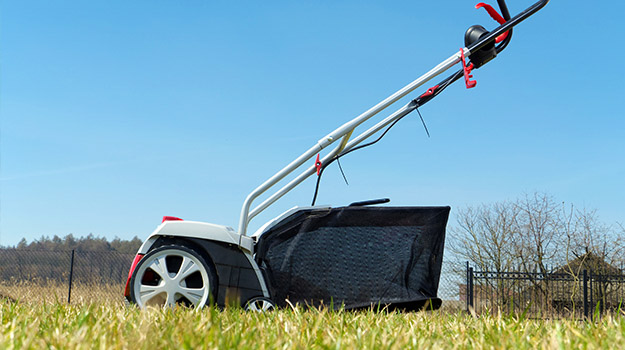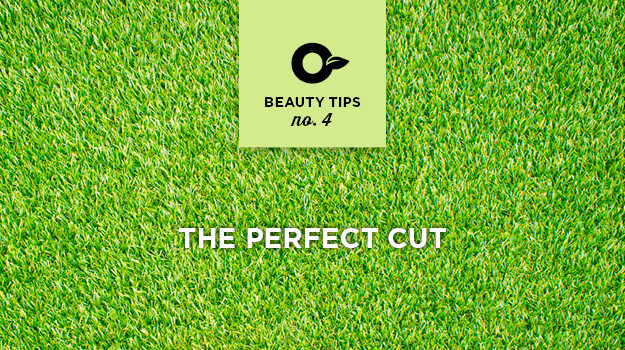
Have you ever seen a lawn covered with small holes and plugs of earth? Those are the telltale signs that a lawn has just been aerated.
Aeration consists of perforating the soil with small holes usually 7-10 centimetres (3-4 inches) deep. These holes allow the surrounding soil to relax into the holes, allowing water, oxygen, fertilizers, and other nutrients to easily penetrate the rest of the area.
You can use a lawn scarifier, as in the picture above, commonly known as a lawn dethatcher.
Help the roots for a hardier lawn
The treatment helps roots to grow deeper, which produces a fuller, hardier lawn. It is particularly important to aerate high traffic areas where soil has become very compacted. Compacted soil has very little pore space, or pockets of air.
Without this pore space, roots have trouble absorbing water and nutrients, and have no space to grow. Aeration is best done in late spring, or early autumn. If you are planning on fertilizing or reseeding your lawn, aerate just prior to doing so. This will allow fertilizer, seed, and other nutrients to penetrate your lawn.
Control weeds first
Avoid aerating your lawn when weed plants are in seed. Aerating may actually help spread these seeds, increasing the weed infestation later on. So be sure to control your weeds prior to aerating.


